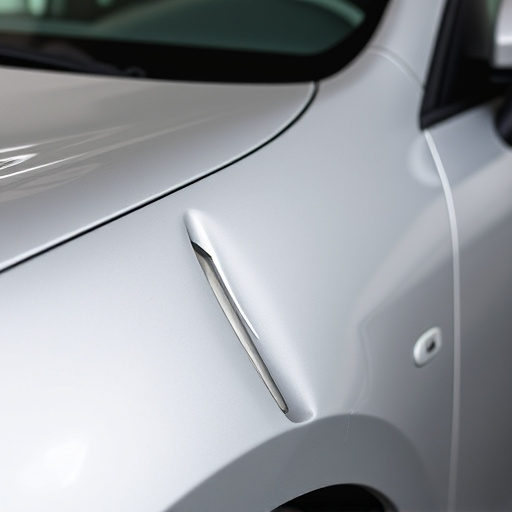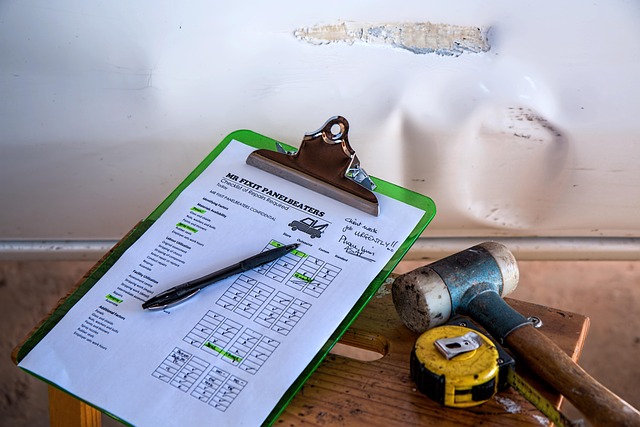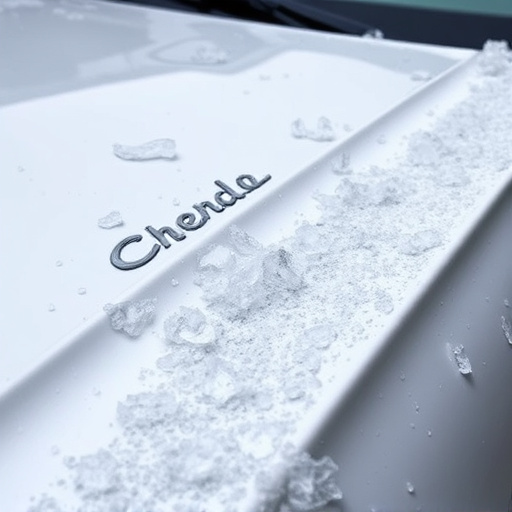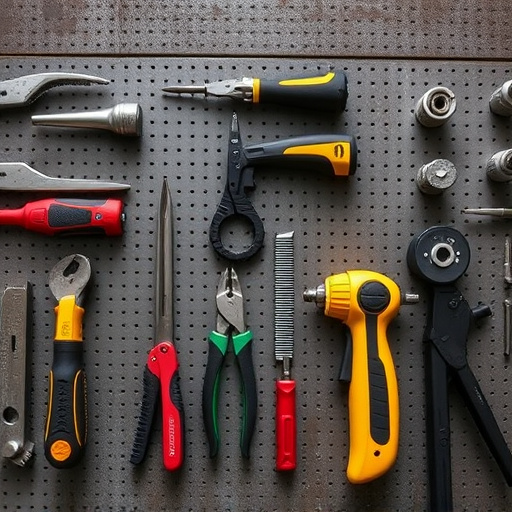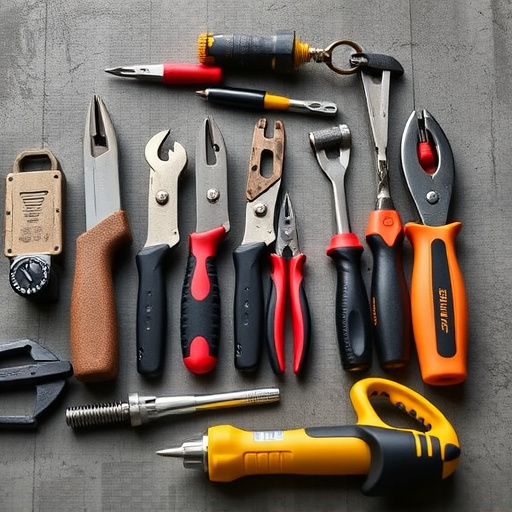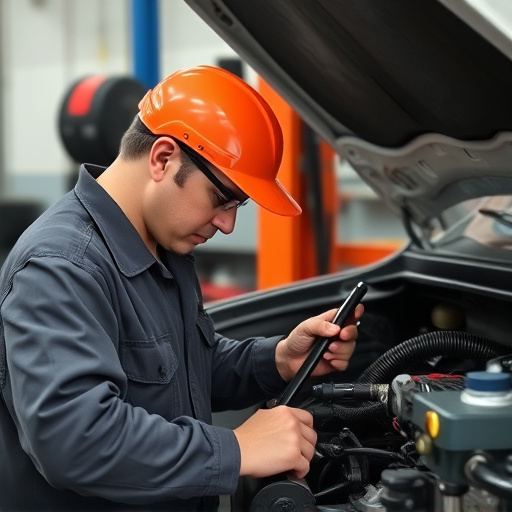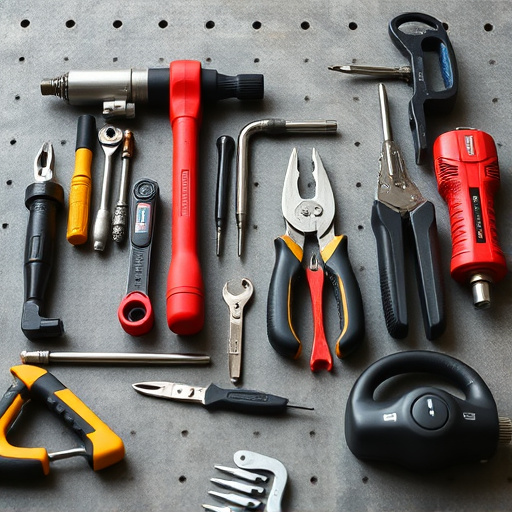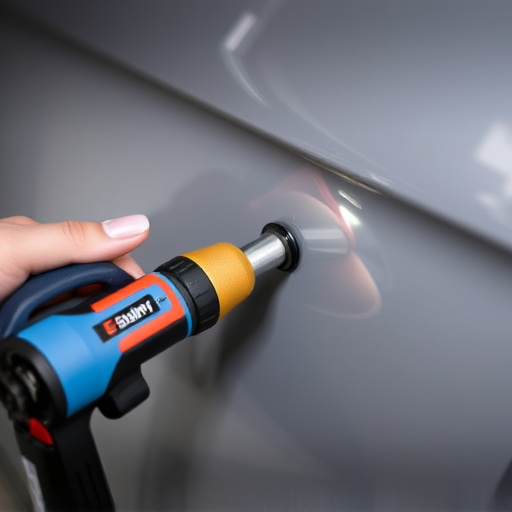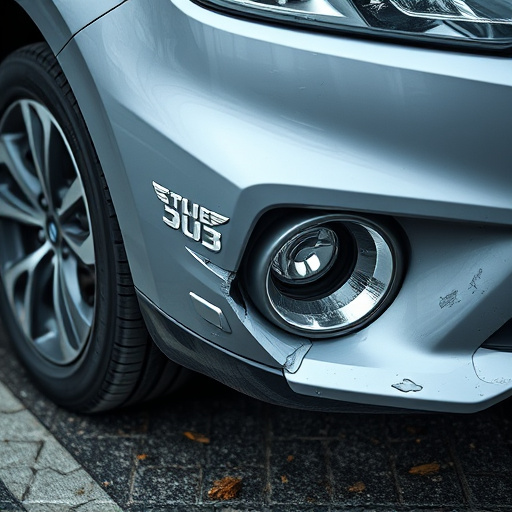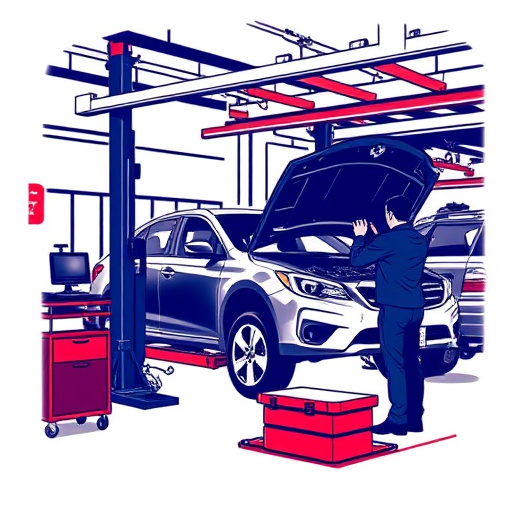Using OEM-certified replacement parts ensures vehicle safety and repair quality. Authentic parts have clear "OEM" markings and details, bought from authorized dealers or manufacturers' websites. Verify seller reputation and certifications to protect investment in critical repairs like dent removal and collision repair services.
Identifying genuine OEM-certified replacement parts is crucial for ensuring vehicle safety and performance. This guide helps you navigate the process, offering insights into understanding OEM certification, spotting key indicators of authenticity, and locating verified sources. By learning these strategies, you’ll be equipped to make informed decisions when purchasing OEM-certified parts, thereby extending your vehicle’s lifespan and maintaining optimal performance.
- Understanding OEM Certification: What It Means for Quality
- Key Indicators of Genuine OEM Parts: How to Spot Them
- Verified Sources: Ensuring Authenticity When Buying Replacement Parts
Understanding OEM Certification: What It Means for Quality
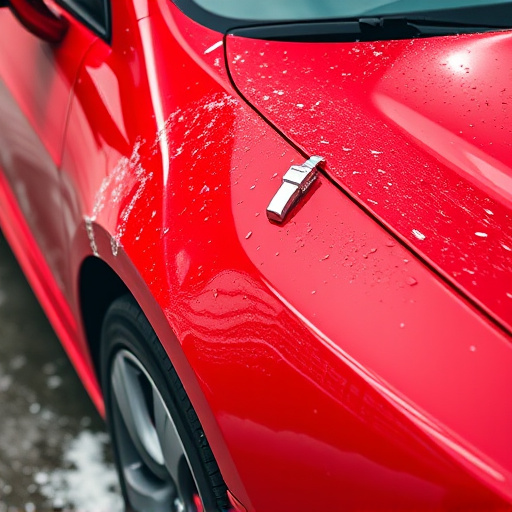
Understanding OEM certification is key to ensuring you’re getting high-quality replacement parts for your vehicle. OEM stands for Original Equipment Manufacturer, meaning these parts are specifically designed and engineered by the same manufacturer that built your car or truck. When a part is labeled as OEM-certified, it guarantees that it meets the exact specifications, fit, and performance standards set by the original equipment maker. This ensures compatibility and reliability, two crucial factors when it comes to auto body services and collision center repairs.
OEM-certified replacement parts are not just generic duplicates; they are manufactured under the same strict quality control measures as the original components. This means you can trust that OEM parts will function seamlessly with your vehicle’s existing systems, ensuring the safety and efficiency of your ride. Whether you’re in need of body shop services or collision center repairs, using genuine OEM-certified parts can make a significant difference in the long-term performance and longevity of your vehicle.
Key Indicators of Genuine OEM Parts: How to Spot Them
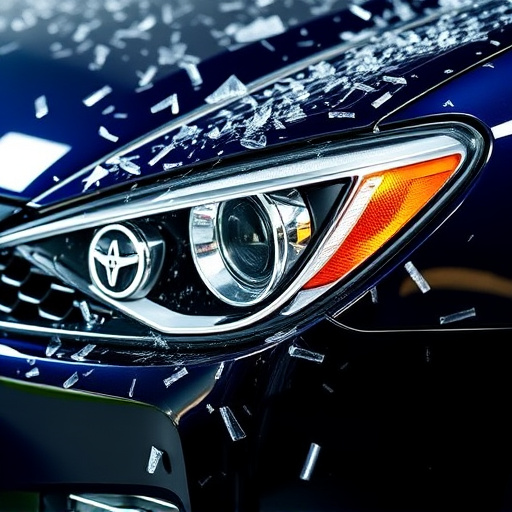
When searching for OEM-certified replacement parts, it’s crucial to know what to look for to ensure genuine quality. One of the key indicators is the packaging and labeling. Genuine OEM parts typically come in manufacturer-branded packaging with clear markings stating “OEM” or the specific vehicle make and model. The labels should include detailed information about the part, its specifications, and the manufacturer’s logo.
Another important aspect to consider is the source. Purchase parts only from authorized dealers or manufacturers’ official websites. For instance, when it comes to Mercedes Benz repair, ensuring you’re getting genuine parts is vital. Similarly, for dent removal or vehicle collision repair, checking the certifications and origins of replacement parts can prevent using inferior duplicates that might compromise the safety and durability of your vehicle.
Verified Sources: Ensuring Authenticity When Buying Replacement Parts
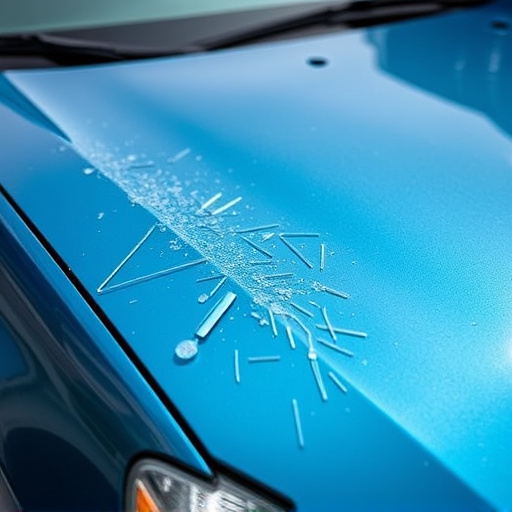
When purchasing OEM-certified replacement parts, verifying the source is paramount to ensure authenticity and quality. Start by checking if the seller or supplier has a reputable track record in providing genuine auto parts. Look for certifications and licenses that attest to their legitimacy in the automotive industry. Many reliable suppliers will proudly display these credentials, assuring customers of the product’s originality.
Additionally, consider the reputation of the brand itself. Established OEM manufacturers have well-defined channels for distributing their certified parts. Opting for well-known brands or trusted auto repair shops, including those offering services like automotive collision repair and vehicle paint repair near you, can significantly reduce the risk of acquiring counterfeit components. Always verify the part’s origin and authenticity before making a purchase to safeguard your investment and ensure reliable auto repairs.
Identifying genuine OEM-certified replacement parts is crucial for maintaining your vehicle’s performance and safety. By understanding OEM certification, recognizing key indicators, and utilizing verified sources, you can ensure that you’re getting authentic parts every time. This simple step ensures a reliable and long-lasting fix, giving you peace of mind on the road.

